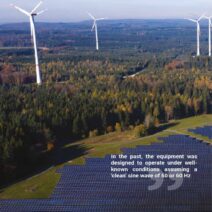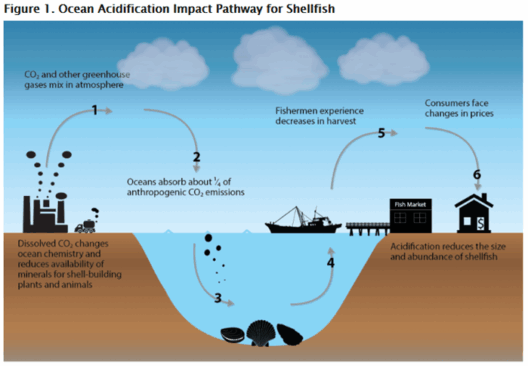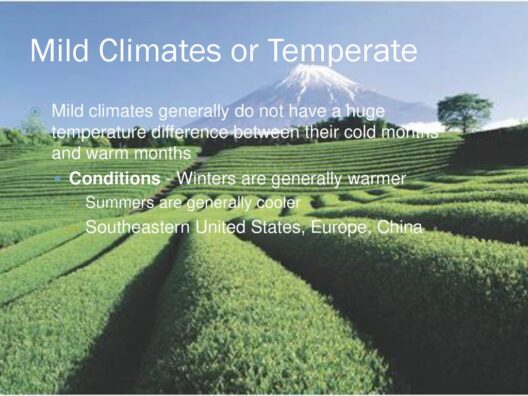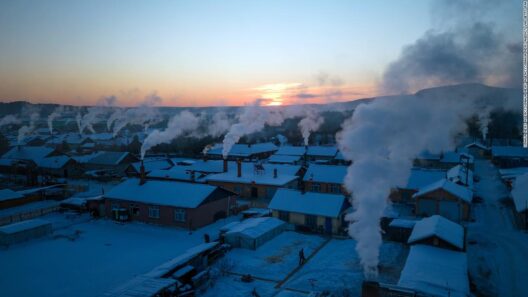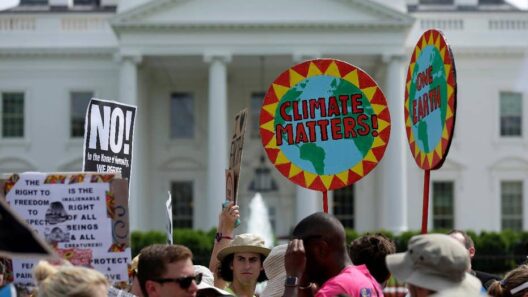Indonesia, an archipelagic nation comprising over 17,000 islands, is not merely a paradise teeming with biodiversity; it is also a poignant reflection of the alarming realities posed by global warming. As the world grapples with the implications of climate change, Indonesia finds itself at a critical juncture. The warming climate is transforming the socio-economic fabric of the country, reverberating through its environment, economy, and the very lives of its people.
The temperature increases impinging upon Indonesia are not mere statistics; they represent a perilous trajectory. Over the past century, the nation has witnessed a temperature rise of approximately 0.75 degrees Celsius. While this may seem insignificant, the ramifications are severe. The wetlands that once thrived are transforming into landscapes of drought as rainfall patterns become erratic. The escalation of temperatures is not only altering climatic patterns but also endangering ecosystems upon which both wildlife and human populations depend.
Indonesia’s vast marine biodiversity faces unprecedented threats due to rising ocean temperatures and acidification. Coral reefs, often referred to as the “rainforests of the sea,” are particularly vulnerable. These vibrant ecosystems are crucial not only for supporting marine life but also for maintaining the livelihoods of countless coastal communities that rely on fishing and tourism. Yet, as ocean temperatures rise, coral bleaching events are becoming more frequent and severe. The loss of these indispensable ecosystems signifies more than just a reduction in marine biodiversity; it forewarns of impending economic instability for communities heavily reliant on these natural resources.
Moreover, global warming is dramatically exacerbating the frequency and intensity of natural disasters in Indonesia. Floods, droughts, and landslides, historical fixtures of the Indonesian landscape, are intensifying due to increasingly erratic climatic conditions. The annual monsoon seasons, once reliably predictable, have morphed into chaotic phenomena. The resulting floods can devastate agricultural lands, displace communities, and disrupt essential infrastructure. As a nation already grappling with poverty and socioeconomic inequities, these disasters can propagate further hardship, reducing the resiliency of vulnerable populations.
In terms of agriculture, which is the backbone of Indonesia’s economy, global warming presents a dual-edged sword. On one hand, rising carbon dioxide levels may initially seem to bolster crop yields; on the other hand, the detrimental effects of drought, pest invasions, and unpredictable rainfall patterns thwart such potential benefits. Rice, soybeans, and oil palm—the country’s staple crops—are increasingly at risk. The consequence is a looming food security crisis that threatens not only the economy but also nutritional stability across the nation.
Urban areas, particularly large metropolitan regions like Jakarta, are grappling with their own challenges in the face of climate change. Jakarta, the world’s second-fastest-sinking city, is experiencing the ominous amalgamation of rising sea levels and over-extraction of groundwater. Climate change projections suggest that unless significant action is taken, parts of the city could be submerged by 2050. The repercussions extend beyond geography; they encompass the displacement of millions of residents and surreal shifts in urban planning.
Indigenous communities throughout Indonesia possess unique knowledge systems that harmoniously coexist with their environments, often thriving sustainably. However, the encroachment of industrial activities exacerbated by climate change poses threats to their traditional lifestyles. Deforestation, driven by agricultural expansion and commercial exploitation, not only depletes natural resources but also becomes a catalyst for climate-related disasters. Forests in Indonesia are carbon sinks; their destruction leads to dire consequences for global climate stability.
Climate resilience, therefore, becomes an imperative narrative in Indonesia’s story. The integration of sustainable practices into agriculture and fisheries can emerge as a formidable counteraction against the deteriorating impacts of climate change. Community-based initiatives that prioritize local knowledge and ecological preservation can mitigate negative outcomes while ensuring food security and economic viability. Policymakers must shift from reactive approaches to proactive strategies, fostering adaptive capacities that enhance resilience to climate variability.
Moreover, international collaboration plays a crucial role in addressing these multifaceted challenges. Indonesia’s unique position within the global climate dialogue is an opportunity for other nations to engage in partnerships focused on emissions reductions, sustainable practices, and the transition to renewable energy sources. As a nation known for its rich biodiversity, Indonesia must leverage its ecological capital, participating in international efforts to safeguard our planet’s future.
Public awareness is an essential component of Indonesia’s climate response. Through education and community engagement, citizens can drive meaningful change. By fostering a collective understanding of climate issues, all citizens—from the bustling urban centers to remote villages—can become stewards of their environment, advocating for sustainable practices that protect Indonesia’s precious natural resources.
The narrative surrounding Indonesia’s warming reality is one filled with urgency and resilience. It encapsulates the interconnectedness of ecological, social, and economic systems. As global warming continues to impact Indonesia, it is imperative that action is taken both at local and international levels. Through proactive strategies centered on sustainability, collaboration, and community engagement, Indonesia can navigate the tumultuous waters of climate change, ensuring a viable future for generations to come.


